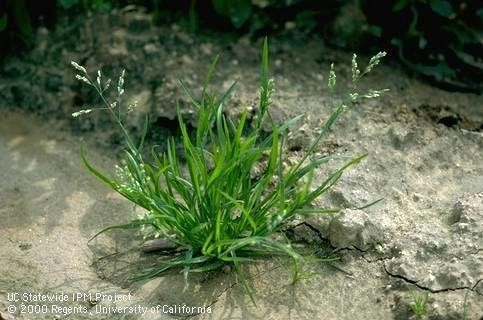Weed management strategies in California are as diverse as the cropping systems grown in it, which cover over 400 commodities and $47 billion in revenue (California agricultural production statistics, 2015). A challenge for growers across the state is to respond to the continuing adaptation, invasion and spread of weeds in their cropping systems. Many factors contribute to the ability of a weed to adapt itself to changing environments, and one focus of research in the weed group at UC Davis includes investigating the contribution that genetic plasticity plays in plant adaptability. Many weed species, particularly grasses, contain multiple genomes (polyploidy). Some plants (and humans) contain a single genome, which means that one complete set of chromosome pairs provides all the genes for the whole organism. In ‘polyploid' species, there are multiple genomes that have full sets of all genes. For example, junglerice is a tetraploid that contains two complete sets of genes, barnyard grass and wheat are hexaploid and contain three genomes. Some species have even more genomes, for example some strawberry varieties have ten genomes.

One area of research in invasive plants is understanding the contributions that polyploidy play in a species adaptability to new environments, under changing climate conditions, or in response to weed management or other crop production practices. Understanding how problematic weed species are gaining their competitive edge in these sub-optimal conditions will contribute to better integrated pest management strategies in the future.
Chen S, McElroy JS, Flessner ML, Dane F (2015) Utilizing next-generation sequencing to study homeologous polymorphisms and herbicide-resistance-endowing mutations in Poa annua acetolactate synthase genes. Pest Manage Sci 71: 1141-1148